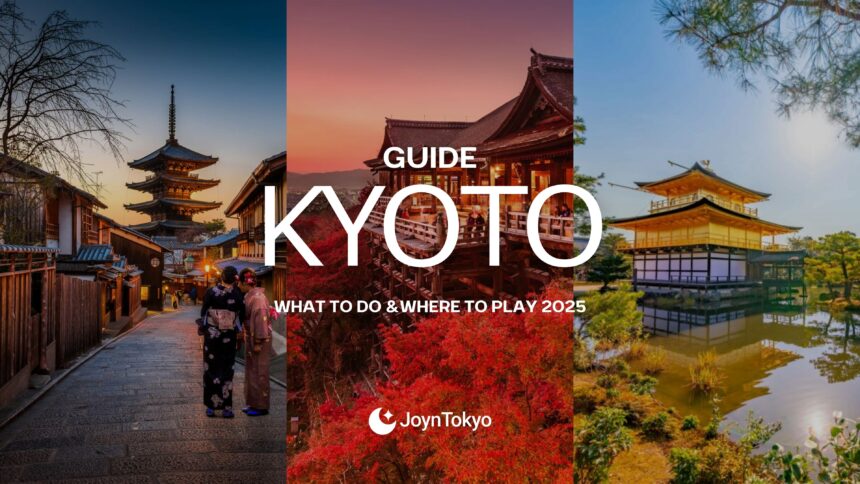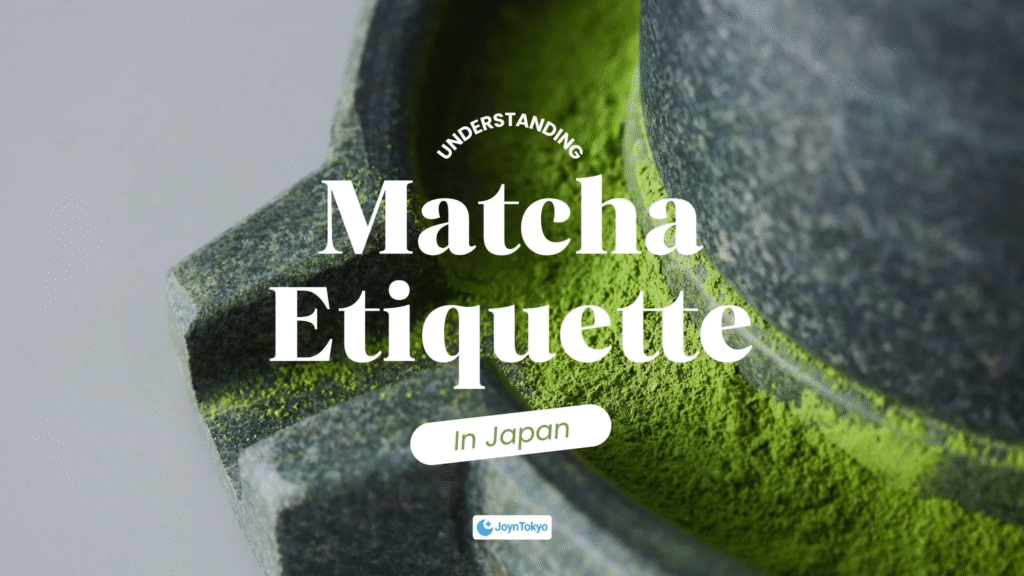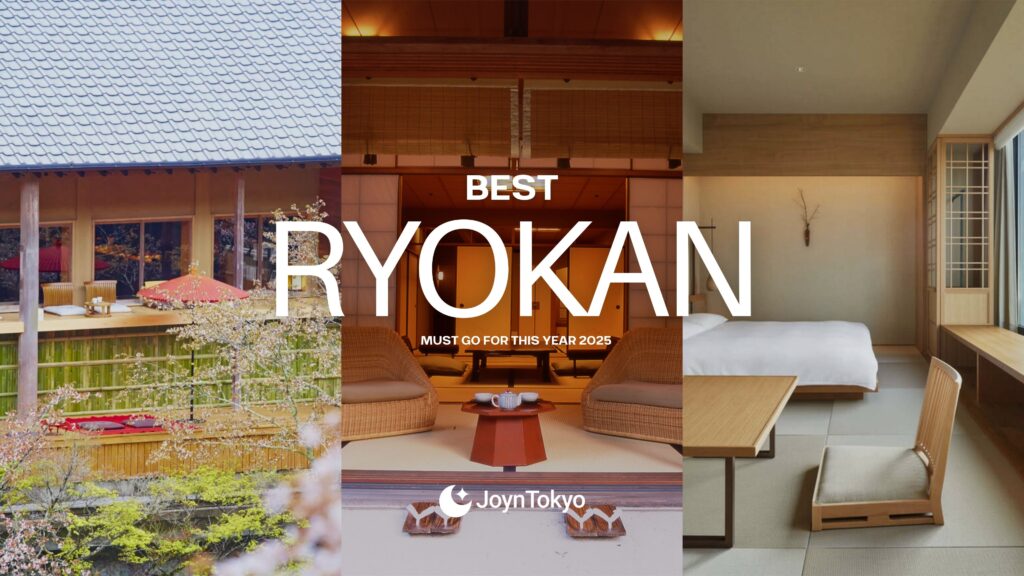Kyoto, Japan’s ancient capital, offers an enchanting blend of historic temples, traditional neighborhoods, and breathtaking landscapes. As the nation’s former imperial capital for over a thousand years, the city preserves its old-world charm while also offering modern comforts. Kyoto provides a journey through the soul of Japan through its temples, seasonal beauty, and traditional cultural experiences.
Top Things To Do in Kyoto
Kyoto is a city where cultural heritage and natural beauty come together, creating an atmosphere unlike anywhere else in Japan. The city is home to world-famous temples, vibrant shrines, serene gardens, and historic districts that preserve centuries of tradition. Visitors can enjoy history, cuisine, seasonal scenery, and authentic cultural experiences, making Kyoto a destination with endless opportunities for discovery.
Explore Historic Temples and Shrines
Kyoto is home to some of Japan’s most famous temples and shrines, each offering a glimpse into the city’s long history and traditions. These landmarks are admired for their unique architecture, cultural significance, and scenic surroundings. Visiting them is one of the best ways to experience the spirit of Kyoto.
Fushimi Inari Taisha
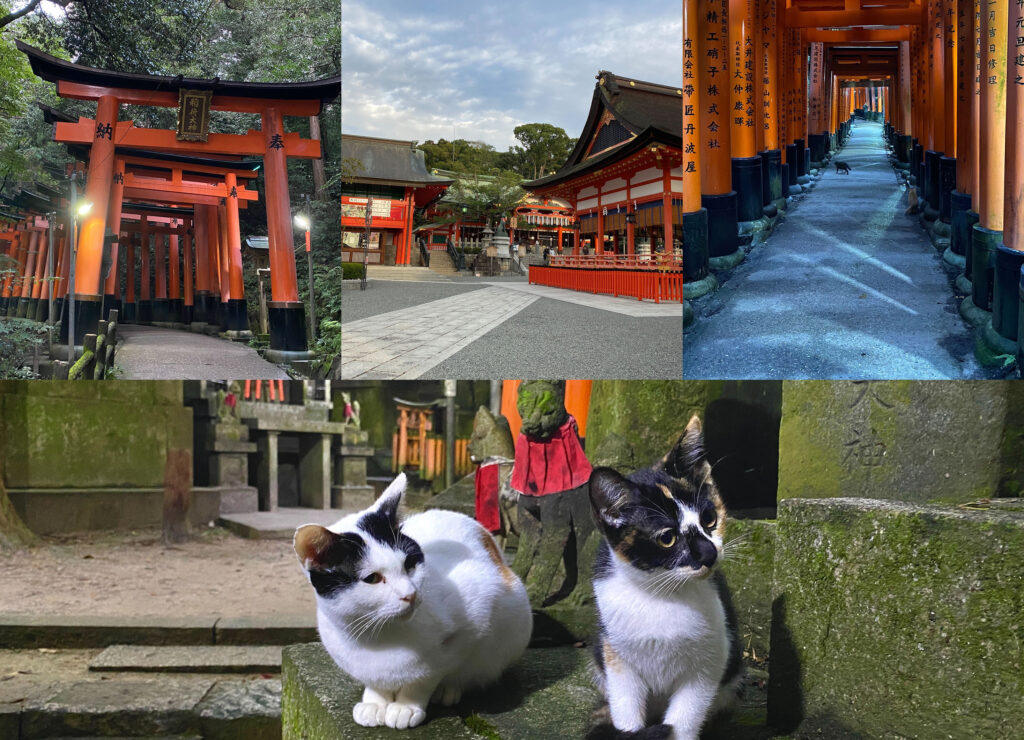
Fushimi Inari Taisha is one of Kyoto’s most iconic sites, dedicated to the Shinto god of rice and prosperity. Its seemingly endless rows of bright red torii gates form winding paths up Mount Inari, creating a mesmerizing tunnel effect. Visitors often spend hours exploring the trails, discovering smaller shrines and scenic viewpoints along the way.
Kiyomizu-dera
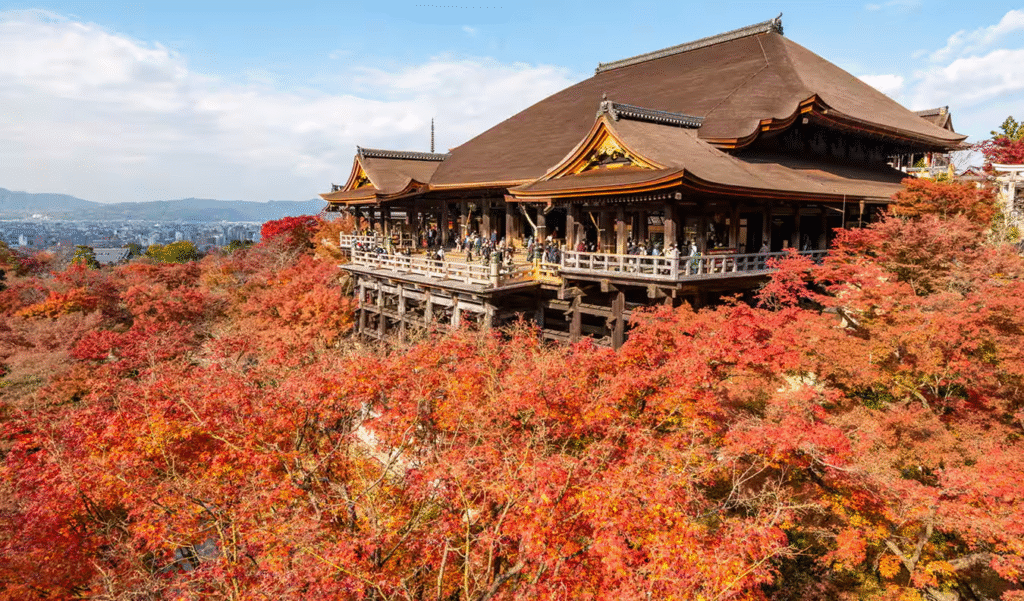
Perched on a hillside in eastern Kyoto, Kiyomizu-dera is famous for its large wooden stage that extends over the valley, as well as the pure water that can bestow wisdom, long-life, or love. The temple offers sweeping views of the city, especially stunning during cherry blossom and autumn foliage seasons. With its historic pagoda and spacious grounds, it remains one of Kyoto’s most photographed landmarks.
Kinkaku-ji (Golden Pavilion)
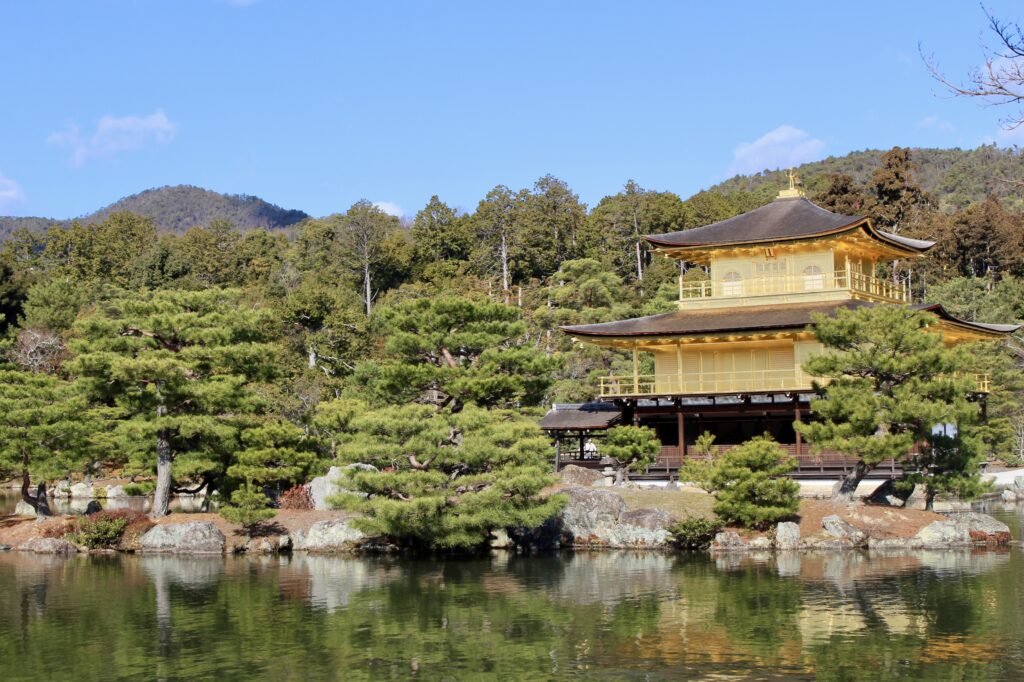
Kinkaku-ji shines with its upper floors covered in gold leaf, reflecting beautifully in the pond below. Originally built as a retirement villa for a shogun, it later became a Zen Buddhist temple. Its striking design and tranquil setting make it one of the most unforgettable sights in Kyoto.

This is the most amazing place I’ve ever visited, an absolute must see in Kyoto!
Visit Kyoto’s Gardens and Palaces
Kyoto is known for its elegant gardens and historic palaces, which reflect the city’s history and sense of tradition. These sites offer peaceful escapes where nature and design come together in perfect balance. Exploring them gives visitors a deeper appreciation of Kyoto’s cultural heritage.
Kyoto Imperial Palace
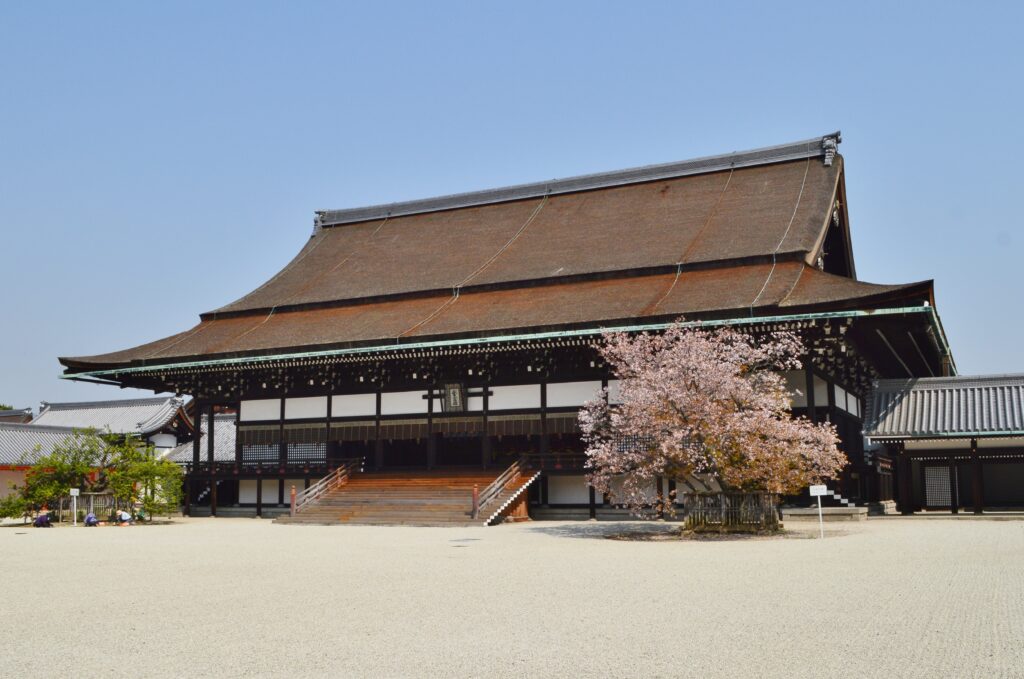
The Kyoto Imperial Palace was once the residence of Japan’s emperors, and remains one of the city’s most important historic sites. Its spacious grounds are filled with landscaped gardens, gates, and halls that reflect centuries of tradition. Today, the palace is open to the public and provides a quiet place to walk and experience Kyoto’s imperial history.
Ryoan-ji Temple
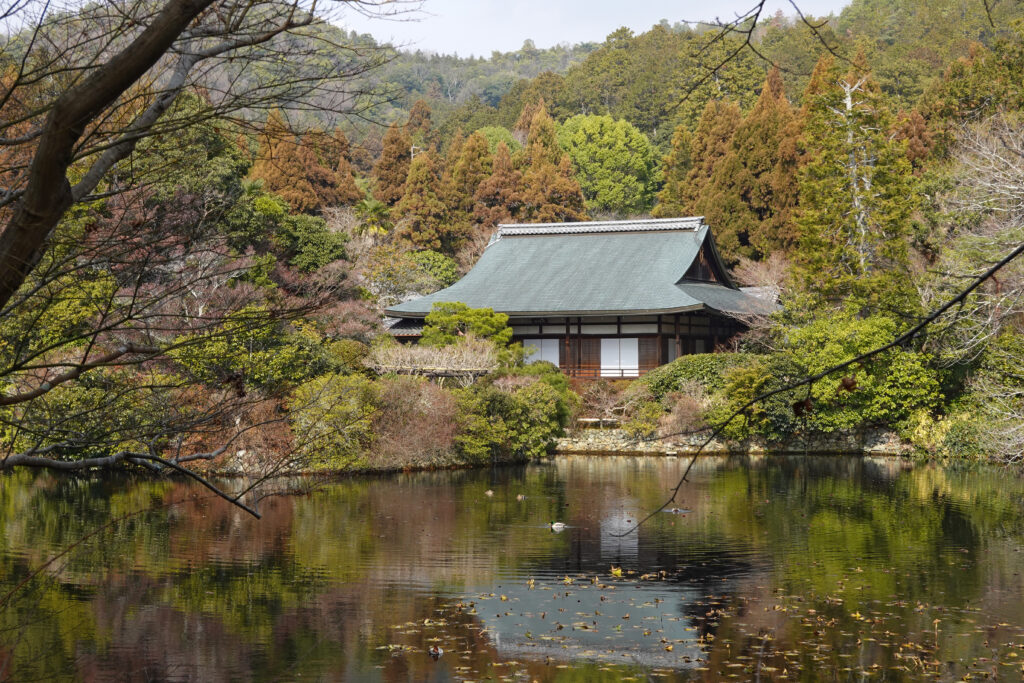
Ryoan-ji is famous for its Zen Buddhist rock garden, a minimalist arrangement of stones set in white gravel. The garden has intrigued visitors for centuries, with meaning not prescribed, but intuited by each viewer. Beyond the rock garden, the temple grounds include a large pond and walking paths surrounded by nature.
Katsura Imperial Villa

Katsura Imperial Villa is considered one of Japan’s finest examples of traditional architecture and garden design. Built in the 17th century, it features carefully designed pavilions, tea houses, and paths that lead through beautiful landscaped gardens. The villa offers a perfect blend of art, nature, and history, making it a highlight for anyone interested in Japanese aesthetics.
Experience Traditional Tea Culture
Tea is an integral part of Kyoto’s heritage, and visitors can immerse themselves in authentic tea ceremonies. In the Gion district, several tea houses welcome guests to learn the etiquette and meaning behind matcha preparation. For a deeper experience, head to Uji, a nearby town celebrated for its premium matcha, where you can enjoy tastings and purchase high-quality tea directly from historic producers. For more details on an authentic tea ceremony in Kyoto, this guide from Horizon Jumpers will come in handy.
Please read this article to learn about matcha.
Read More
Walk Through Gion and Geisha Districts
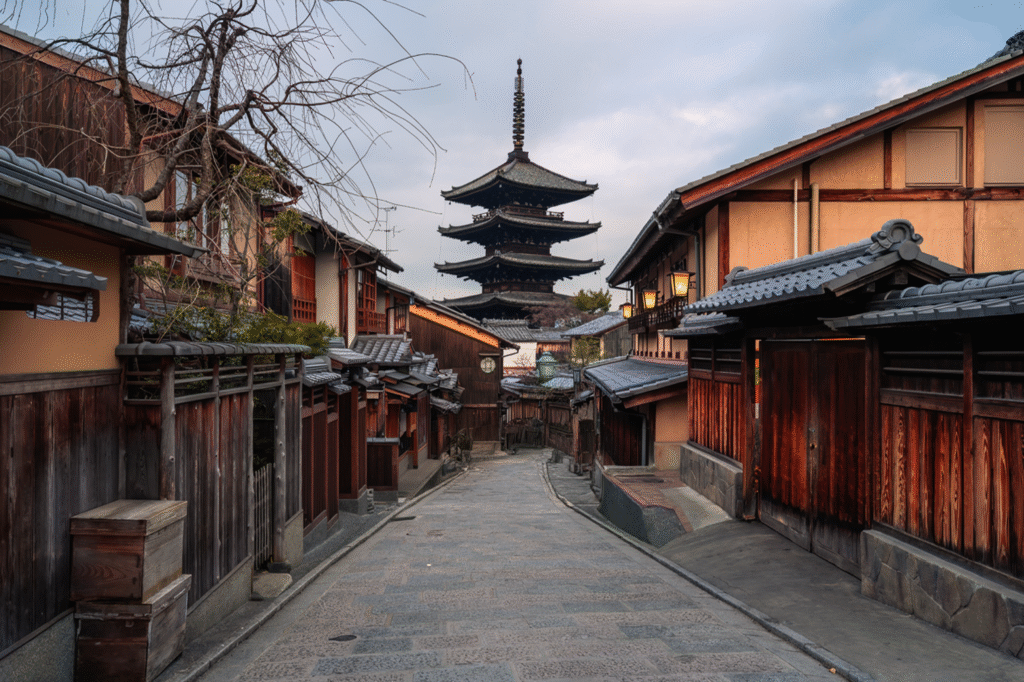
The Gion district is one of Kyoto’s most atmospheric neighborhoods, known for its preserved wooden machiya townhouses and lantern-lit streets. Visitors often spot geisha and maiko (apprentice geisha) heading to evening appointments, adding to the area’s allure. Be aware that some of the alleyways in Gion are now banned to tourists, following harassment of geisha.
Gion also offers traditional dining experiences and cultural performances, making it a must-visit for anyone seeking a glimpse of Kyoto’s historic elegance.
Where to stay in Kyoto
Kyoto offers a wide range of accommodations, from traditional Japanese inns to modern luxury hotels, ensuring every traveler can find a place that suits their style. Staying in a ryokan allows you to immerse yourself in Japan’s culture with tatami rooms and kaiseki meals, while boutique hotels in the city center provide comfort and convenience. For those on a budget, guesthouses and hostels are plentiful, and travelers seeking indulgence will find world-class luxury stays with breathtaking views of temples, rivers, and mountains.
Traditional Kyoto Ryokan
Staying at a ryokan is one of the most memorable ways to experience Japanese hospitality in Kyoto. These traditional inns feature tatami-mat rooms, sliding paper doors, and serene baths that invite relaxation. Guests are treated to kaiseki, a multi-course dinner crafted with seasonal ingredients, and the attentive service that ryokans are famous for.
HOSHINOYA Kyoto
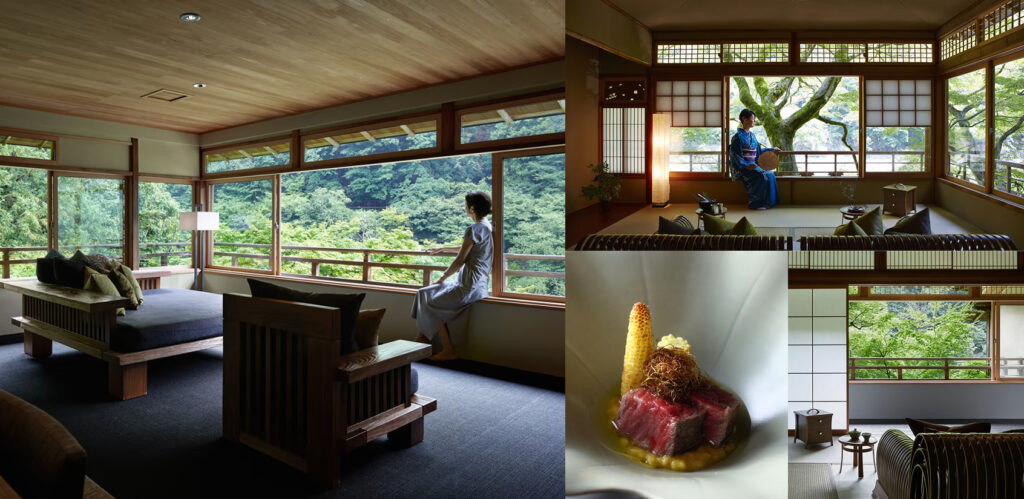
HOSHINOYA Kyoto is a luxury ryokan set along the Oi River in scenic Arashiyama. Accessible by private boat, it offers an exclusive retreat surrounded by mountains and seasonal beauty. The rooms blend traditional design with modern comfort, making it one of Kyoto’s most enchanting stays.
Hiiragiya Ryokan
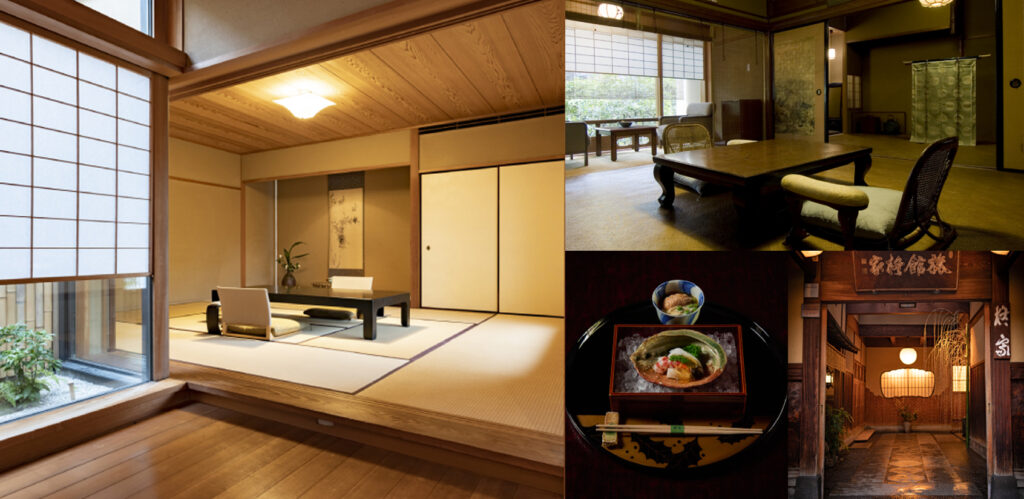
Hiiragiya Ryokan has been welcoming guests for over 200 years and is considered one of Kyoto’s most prestigious inns. Known for its refined elegance and attention to detail, it has hosted writers, artists, and dignitaries from around the world. Each stay is made special with beautifully prepared meals and warm hospitality.
Read this article to learn more about Ryokans to stay at in Japan.
Read More
Luxury Hotels with a View
Kyoto’s luxury hotels provide world-class comfort while showcasing the city’s natural and cultural beauty. Many of them combine Japanese design with modern amenities, offering guests stunning views of rivers, gardens, and historic sites. These hotels are ideal for travelers looking for refined service and an unforgettable stay in the heart of Kyoto.
The Ritz-Carlton Kyoto

The Ritz-Carlton Kyoto sits along the banks of the Kamo River, and offers elegant rooms with breathtaking mountain views. Its design blends contemporary luxury with traditional Japanese touches, creating a refined atmosphere. Guests can enjoy fine dining, a relaxing spa, and easy access to central Kyoto attractions.
Four Seasons Hotel Kyoto
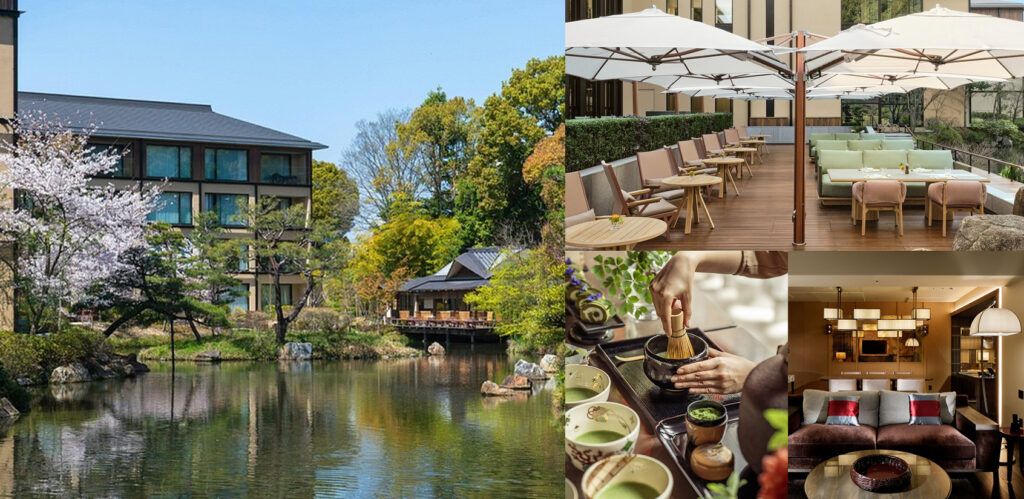
Four Seasons Hotel Kyoto is nestled in the historic Higashiyama district and features a beautiful private garden with a pond at its center. The hotel offers spacious rooms, a luxury spa, and exceptional dining options. Its peaceful setting combined with five-star amenities makes it one of the most sought-after stays in Kyoto.
How to Get to Kyoto
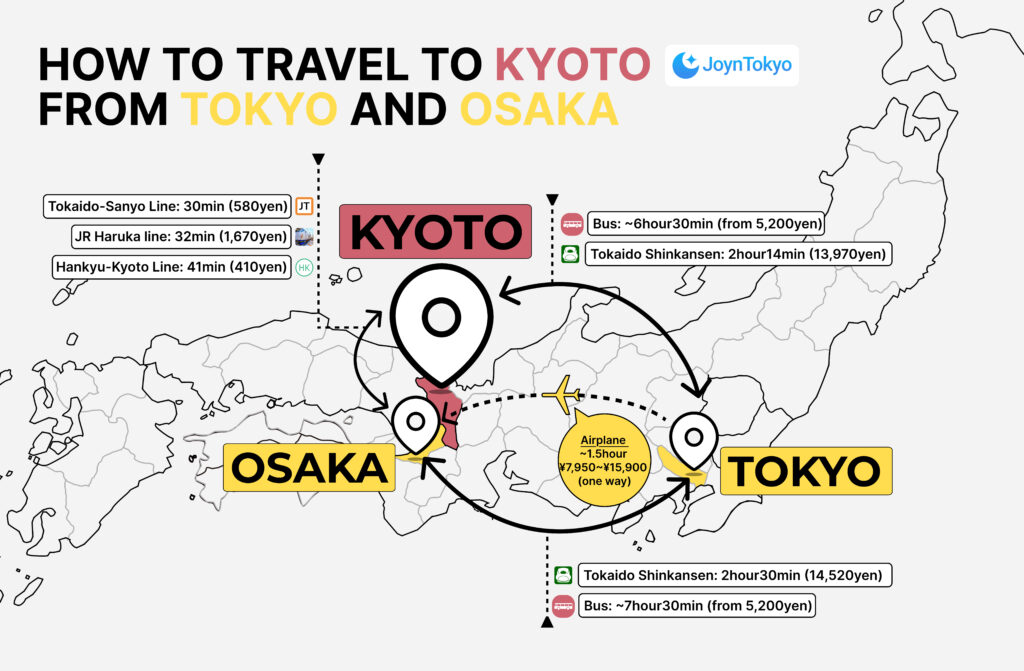
Kyoto is well connected to other cities thanks to Japan’s excellent rail and bus networks, making it easy to reach from other areas. Kyoto does not have its own airport, but it is conveniently accessed through nearby Osaka and via the Shinkansen (bullet train). Here are the main ways to travel to Kyoto from popular destinations:
From Tokyo
The Shinkansen is the fastest and most convenient way to travel from Tokyo to Kyoto. The Nozomi train on the Tokaido Shinkansen line takes about 2 hours, while the slightly slower Hikari service takes around 3 hours.
From Osaka
Kyoto is only about 15 minutes away from Osaka on the Shinkansen, making it a very quick trip between the two cities. Alternatively, travelers can take the JR Special Rapid Service from Osaka Station to Kyoto Station in about 30 minutes at a lower cost. This makes Kyoto an easy day trip from Osaka.
Practical Travel Tips for Kyoto
Planning ahead can make a trip to Kyoto smoother and more rewarding. From picking the right season, to understanding transportation passes and choosing how to get there, a little preparation helps you enjoy more of the city’s cultural treasures with less stress.
Best Time to Visit Kyoto
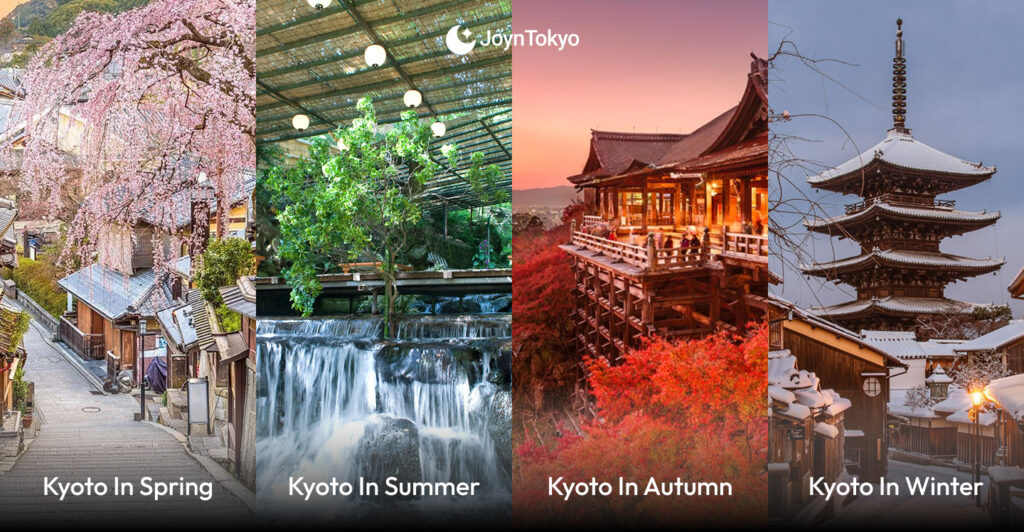
Kyoto is especially beautiful in spring and autumn, when cherry blossoms or fall foliage transform the city’s temples and gardens into breathtaking sights. These seasons are the most popular, so expect larger crowds at major attractions. Summer brings lively festivals like Gion Matsuri but can be hot and humid, while winter offers a quieter experience with the charm of snow-dusted temples and fewer tourists.
Transportation in Kyoto
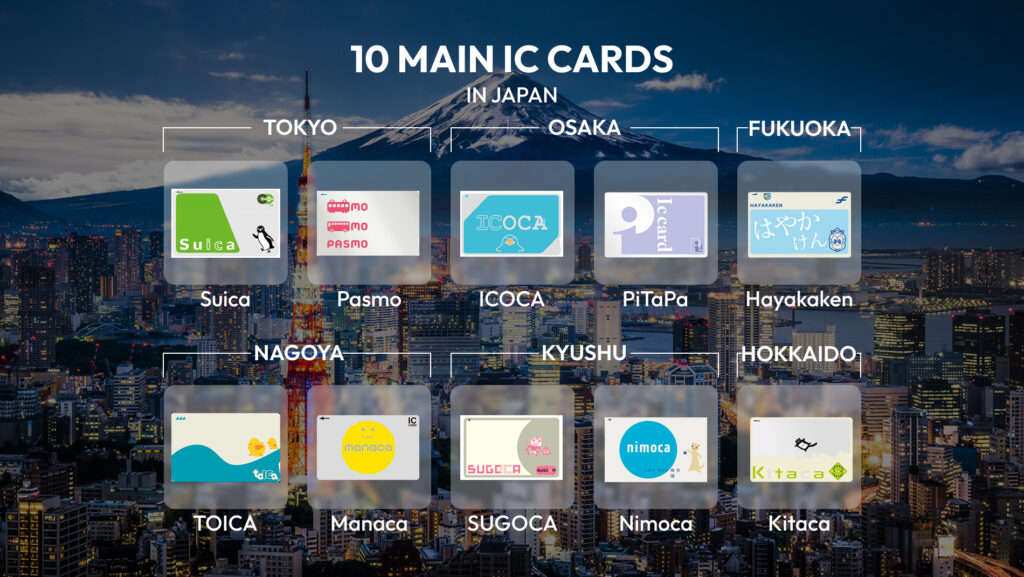
Getting around Kyoto often requires using buses, as many temples and shrines are located some distance away from train lines. The subway system is useful for central areas, while trains connect Kyoto with nearby cities like Osaka and Nara. An ICOCA prepaid card works for all trains, subways, and buses, and a Kyoto City Bus & Subway Pass is a good choice if you plan to visit multiple attractions in a day.
Kyoto Sightseeing Passes
Travelers can save time and money by using sightseeing passes designed for Kyoto and the Kansai region. The Kyoto City Bus & Subway Pass covers unlimited rides within the city for a set price, making it useful for temple-hopping. For those exploring beyond Kyoto, the JR Kansai Area Pass allows travel across major destinations like Osaka, Nara, Kobe, and Himeji, giving flexibility for day trips.
Kyoto is a place without compare: Tokyo may be bigger, Nara may be older, but Kyoto is peerless when it comes to Japanese aesthetic. Visiting Japan without visiting Kyoto is like attending a wedding without a bride.
Check out this Kyoto guide for more info!
Deciding on where to live? Read our Best Cities to Live in Japan 2025 guide!

